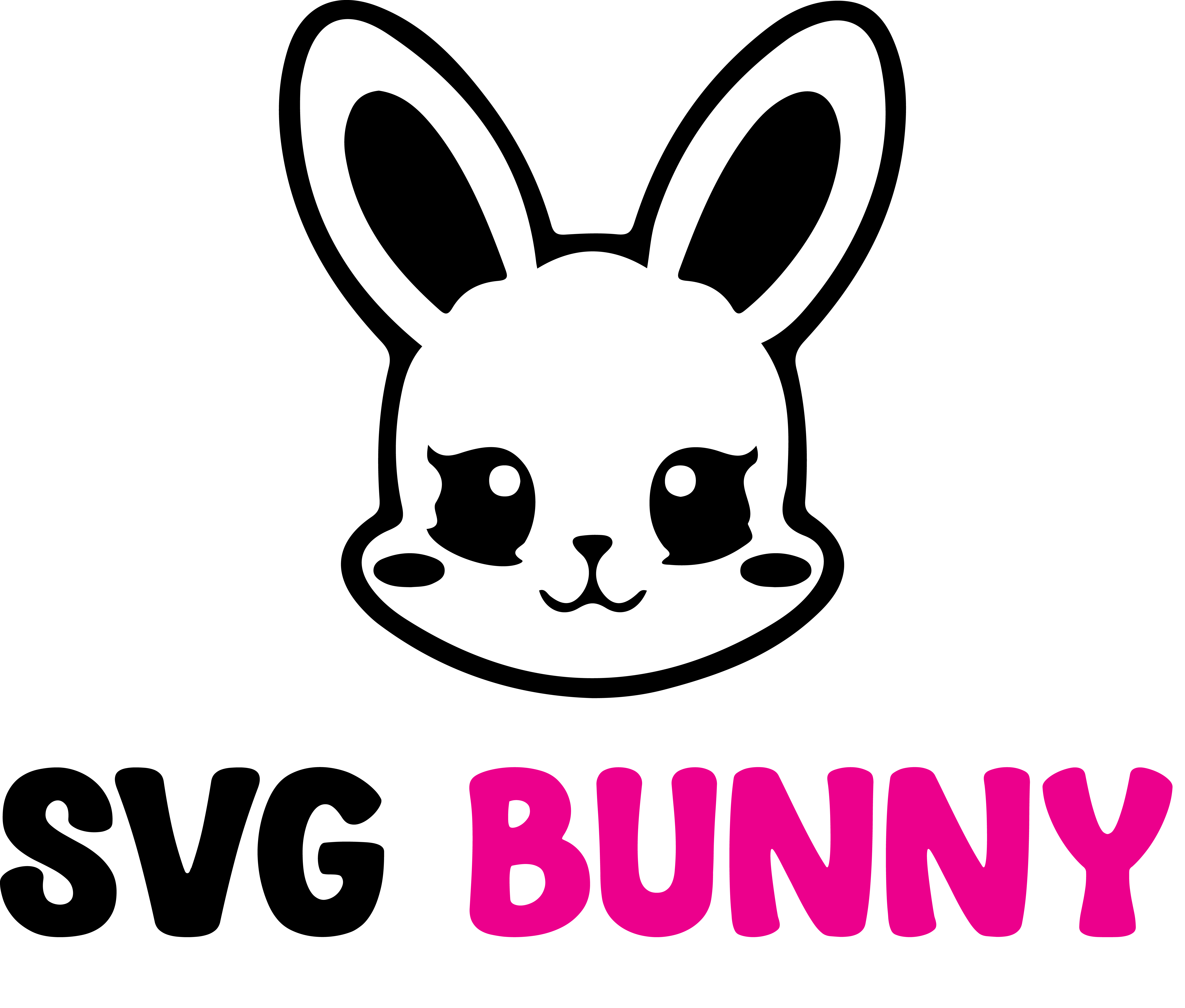Uncategorized
What is SVG? The Ultimate Guide to Scalable Vector Graphics
What is an SVG? (Definition & Basics)
SVG stands for Scalable Vector Graphics. It is a file format that stores images using mathematical formulas instead of pixels. This allows SVG images to scale without losing quality.
SVG files use XML-based code to define shapes, lines, colors, and text. Every element inside an SVG file remains editable, making it a flexible format for designers and developers.
Key Characteristics of SVG Files
- Scalability – SVG images resize without distortion. They stay sharp on all screen sizes.
- Lightweight – SVG files take up less space compared to high-resolution PNGs or JPGs.
- Editable Code – SVG files use text-based XML code. You can edit them with any text editor or vector software.
- Transparency Support – Unlike JPG, SVG files support transparent backgrounds.
- Animation-Friendly – You can animate SVG files using CSS and JavaScript.
SVG files work well for logos, icons, illustrations, and web graphics. They have become the standard for responsive design due to their ability to scale perfectly across different devices.
Benefits of Using SVG (Scalability, Performance, Versatility)
SVG files offer several advantages over traditional image formats. They provide superior scalability, performance, and versatility, making them a preferred choice for web and graphic design.
1. Scalability Without Quality Loss
SVG images do not rely on pixels. Instead, they use vector paths, which makes them resolution-independent. You can scale an SVG file to any size without losing sharpness.
🔹 Example: A company logo in SVG format looks crisp on mobile screens, desktop monitors, and large billboards without pixelation.
2. Faster Performance and Smaller File Sizes
SVG files are lightweight compared to PNG or JPG images of similar quality. A smaller file size leads to faster loading times, which improves user experience and SEO rankings.
🔹 Fact: Google prioritizes fast-loading websites. Using SVG images can improve page speed, reducing bounce rates.
3. Code-Based Editing for More Flexibility
SVG files use XML code, allowing direct editing in text editors or code-based design tools. Developers can modify colors, shapes, or animations without opening a graphic design program.
🔹 Example: You can change an SVG icon’s color in a website’s CSS without replacing the image file.
4. Animation and Interactive Features
SVG files support animations through CSS, JavaScript, or SVG-specific attributes. You can create dynamic effects like hover animations, transitions, and interactive graphics.
🔹 Example: Animated SVG loaders improve user engagement while waiting for a webpage to load.
5. Versatility Across Different Uses
SVG files work well in various industries, including web design, graphic design, and print media. They support a wide range of applications:
- Web Graphics – Icons, logos, charts, and illustrations.
- Print Media – Scalable vector designs for business cards, posters, and flyers.
- UI/UX Design – Scalable interface elements for apps and websites.
- CNC and Crafts – Precision-based designs for laser cutting, engraving, and vinyl cutting.
SVG files remain the best choice for high-quality, scalable, and adaptable graphics. Their performance benefits and versatility make them a must-have format in modern digital design.
SVG vs Other Formats (PNG, JPG, GIF, EPS, PDF)
Choosing the right image format depends on the use case, quality requirements, and performance needs. SVG offers unique advantages, but how does it compare to other common formats?
1. SVG vs PNG
| Feature | SVG | PNG |
|---|---|---|
| Scalability | Infinite, no quality loss | Loses quality when resized |
| File Size | Smaller for simple graphics | Larger due to pixel data |
| Transparency | Yes | Yes |
| Best For | Icons, logos, web graphics | Complex images with transparency |
🔹 Use Case: Use SVG for icons and logos. Use PNG for detailed images with transparency.
2. SVG vs JPG
| Feature | SVG | JPG |
|---|---|---|
| Scalability | Infinite | Blurry when enlarged |
| File Size | Smaller for graphics | Smaller for photos |
| Transparency | No | No |
| Best For | Graphics, illustrations | Photos, digital artwork |
🔹 Use Case: Use SVG for vector graphics. Use JPG for high-quality photographs.
3. SVG vs GIF
| Feature | SVG | GIF |
|---|---|---|
| Animation | Yes, with CSS/JavaScript | Yes, built-in |
| File Size | Smaller for vector animations | Larger for detailed animations |
| Transparency | Yes | Yes |
| Best For | Animated icons, UI elements | Simple looping animations |
🔹 Use Case: Use SVG for interactive animations. Use GIF for simple looping effects.
4. SVG vs EPS
| Feature | SVG | EPS |
|---|---|---|
| Compatibility | Works in browsers | Requires special software |
| Editing | Directly in code or design software | Limited editing without software |
| Best For | Web and digital design | Professional print design |
🔹 Use Case: Use SVG for digital media. Use EPS for professional printing.
5. SVG vs PDF
| Feature | SVG | |
|---|---|---|
| Scalability | Infinite | Limited in rasterized areas |
| Interactivity | Supports animations | Static unless interactive elements added |
| Best For | Web, UI, crafts | Documents, print-ready files |
🔹 Use Case: Use SVG for web graphics. Use PDF for printable documents.
Final Thoughts
SVG files offer endless possibilities for web, print, and crafting. Their ability to scale, animate, and adapt makes them essential for modern design projects. Whether you need a responsive web graphic, high-quality print design, or a precise cutting file for crafting, SVG remains the best choice.

